P122 – Sempervivum Hens and Chicks
$4.49
Hens and chicks (Sempervivum tectorum) are low-growing evergreen succulent plants that look a little like rubbery roses with thick, fleshy pads arranged in rosettes. The leaves are usually pointed and some have purple tips or they may grow in shades of red. They are considered alpine or rock garden plants, because of their hardiness and drought resistance. The original hen rosette produces tiny rosette offsets known as the chicks. They are slow-growing plants, and they remain evergreen throughout the year, even in cold climates.
Mature plants produce an odd-looking thick flower stalk with star-shaped flowers at the tip of mauve-pink or red. These are not tall plants, except when they stretch out to flower. The flower stalk extends 8 to 12 inches before flowering, then reduces in size once the plant blooms and the mother plant dies. Hens and chicks are not grown for their flowers, but when they do bloom, it is usually during the summer. Plant them in late spring, when there’s no longer a chance of frost and it’s still not too hot outside.
1 in stock (can be backordered)
Sempervivum, commonly known as Hens and Chicks or Houseleeks, are succulent plants that are easy to care for and make excellent additions to gardens, containers, or even indoor arrangements. Here are some general guidelines for taking care of Sempervivum:
- Sunlight:
- Sempervivum prefers full sunlight. Plant them in a location where they receive at least 6 hours of direct sunlight each day.
- Soil:
- Well-draining soil is crucial for Sempervivum. Use a sandy or gritty soil mix with good drainage to prevent root rot. A mix of potting soil and perlite or sand works well.
- Watering:
- Sempervivum is drought-tolerant, and overwatering is a common issue. Water sparingly and allow the soil to dry out between waterings. In general, it’s better to underwater than overwater.
- Container:
- If you’re planting Sempervivum in containers, make sure the container has drainage holes to prevent water from accumulating at the bottom.
- Temperature:
- Sempervivum is cold-hardy and can tolerate freezing temperatures. However, they may benefit from protection during extreme cold or wet conditions, especially if grown in containers.
- Propagation:
- Sempervivum reproduce by producing offsets, often referred to as “chicks.” These can be separated and replanted to propagate new plants. This is usually done in spring or early summer.
- Fertilization:
- Sempervivum generally doesn’t require much fertilization. If you want to provide nutrients, a diluted, balanced, succulent or cactus fertilizer can be applied during the growing season, usually in spring and early summer.
- Pests and Diseases:
- Sempervivum is relatively resistant to pests and diseases. However, keep an eye out for signs of pests like aphids or mealybugs. If necessary, treat them with insecticidal soap.
- Pruning:
- While Sempervivum doesn’t require extensive pruning, you may remove dead or decaying leaves to maintain a tidy appearance.
- Winter Care:
- Sempervivum is cold-hardy, but in areas with harsh winters, providing some protection with a layer of mulch can be beneficial.
| Weight | 16 oz |
|---|---|
| Dimensions | 5 × 5 × 5 in |
Only logged in customers who have purchased this product may leave a review.

 P124 - Sempervivum Spider Web
P124 - Sempervivum Spider Web 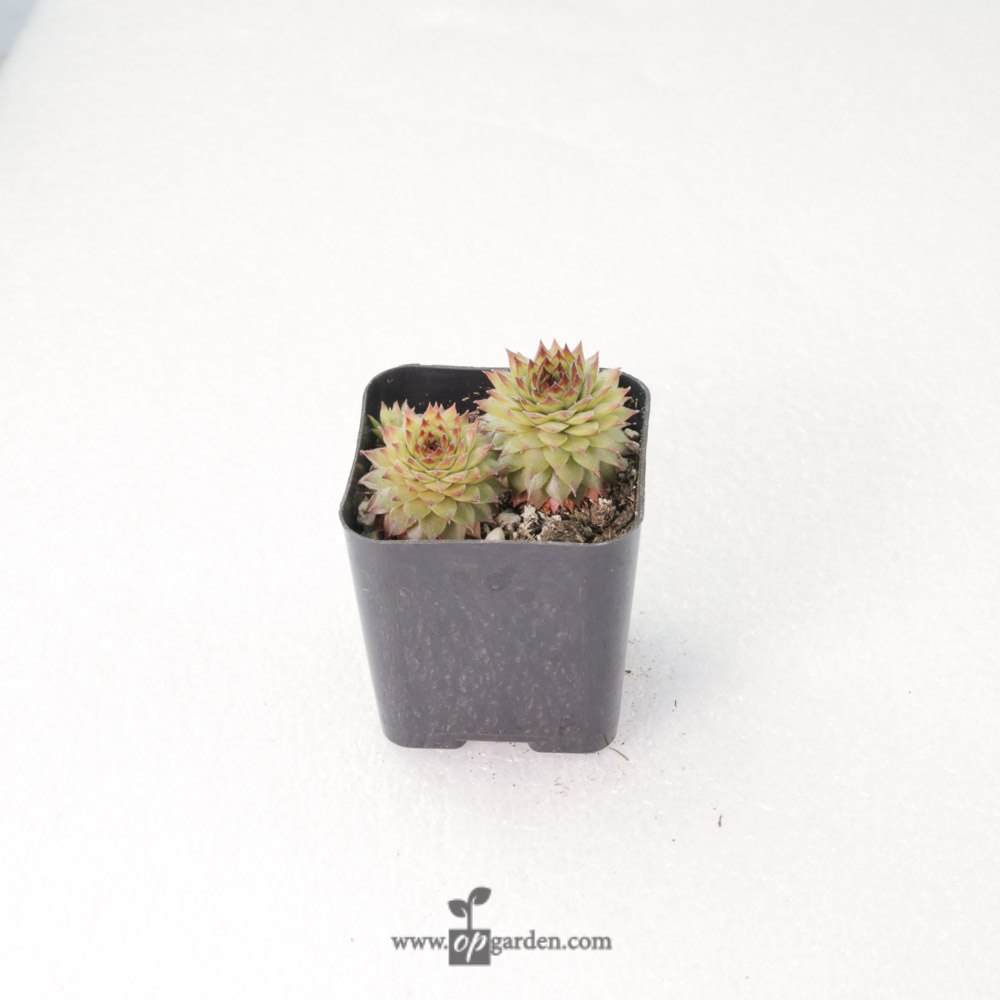
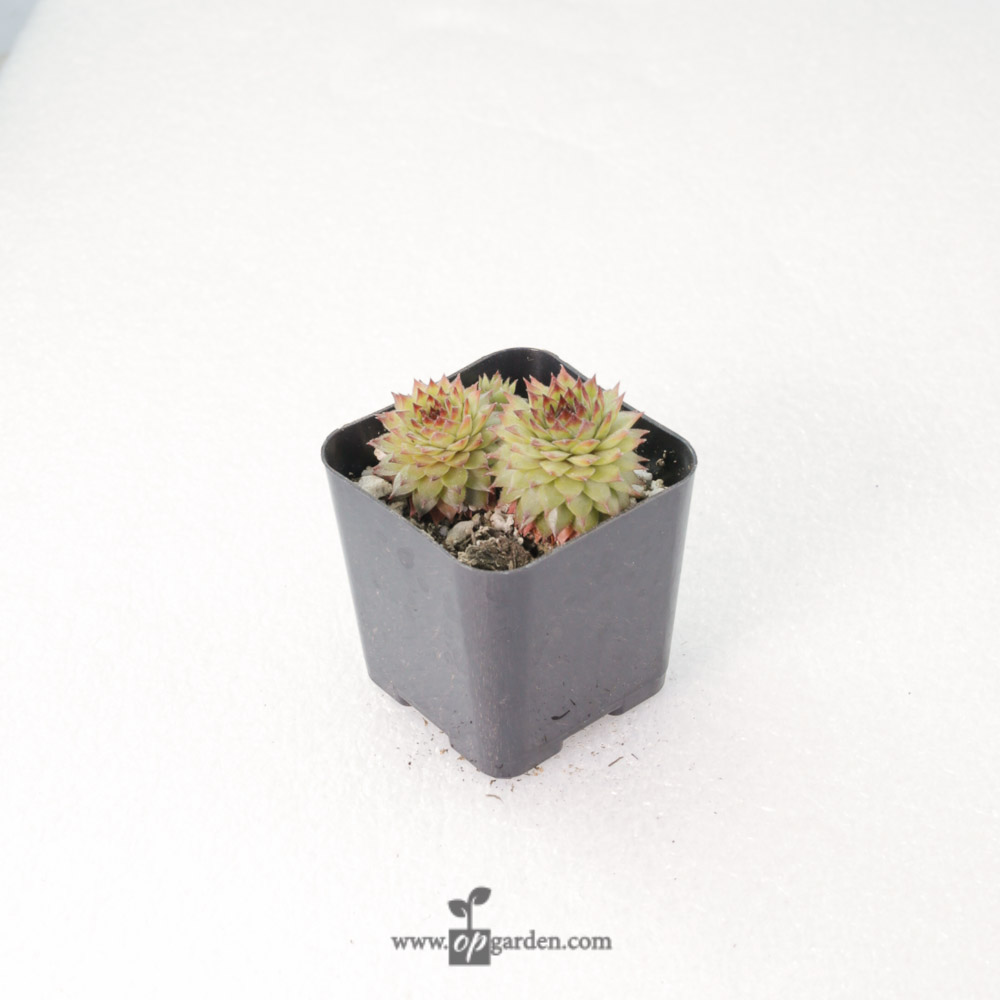


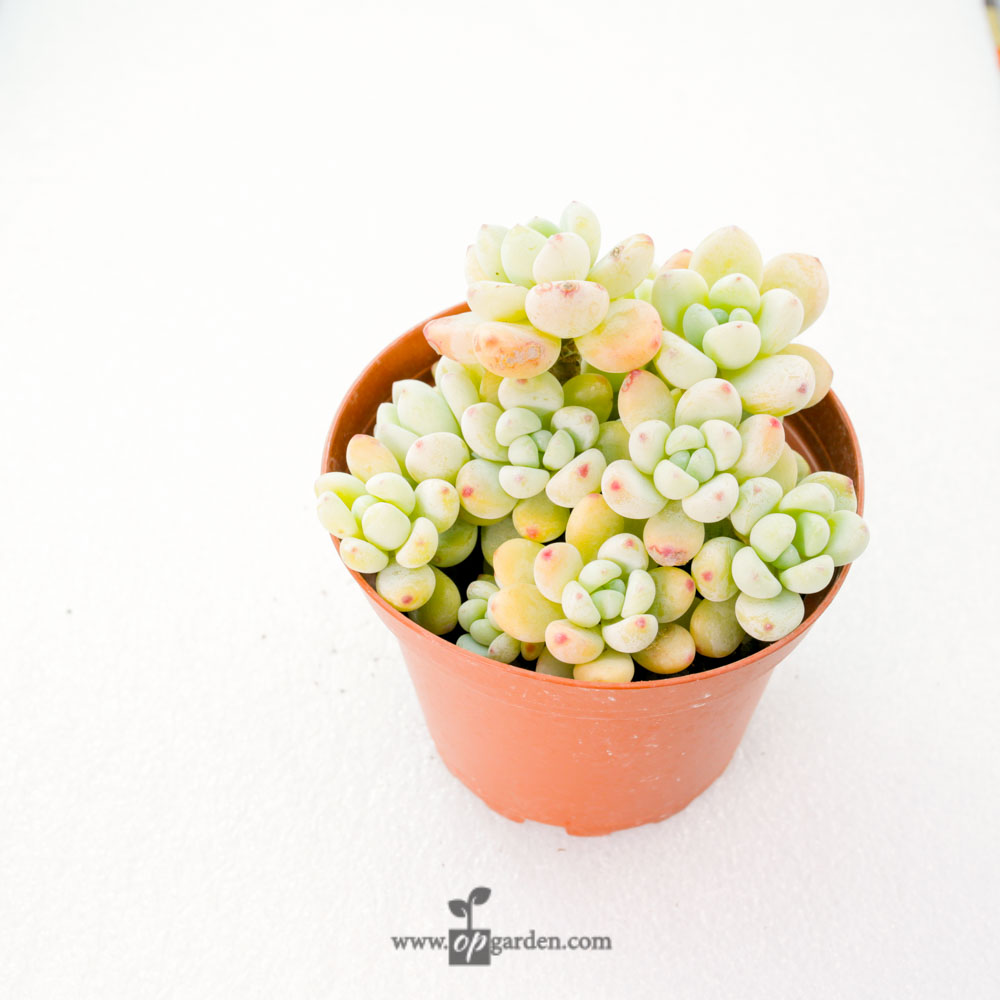
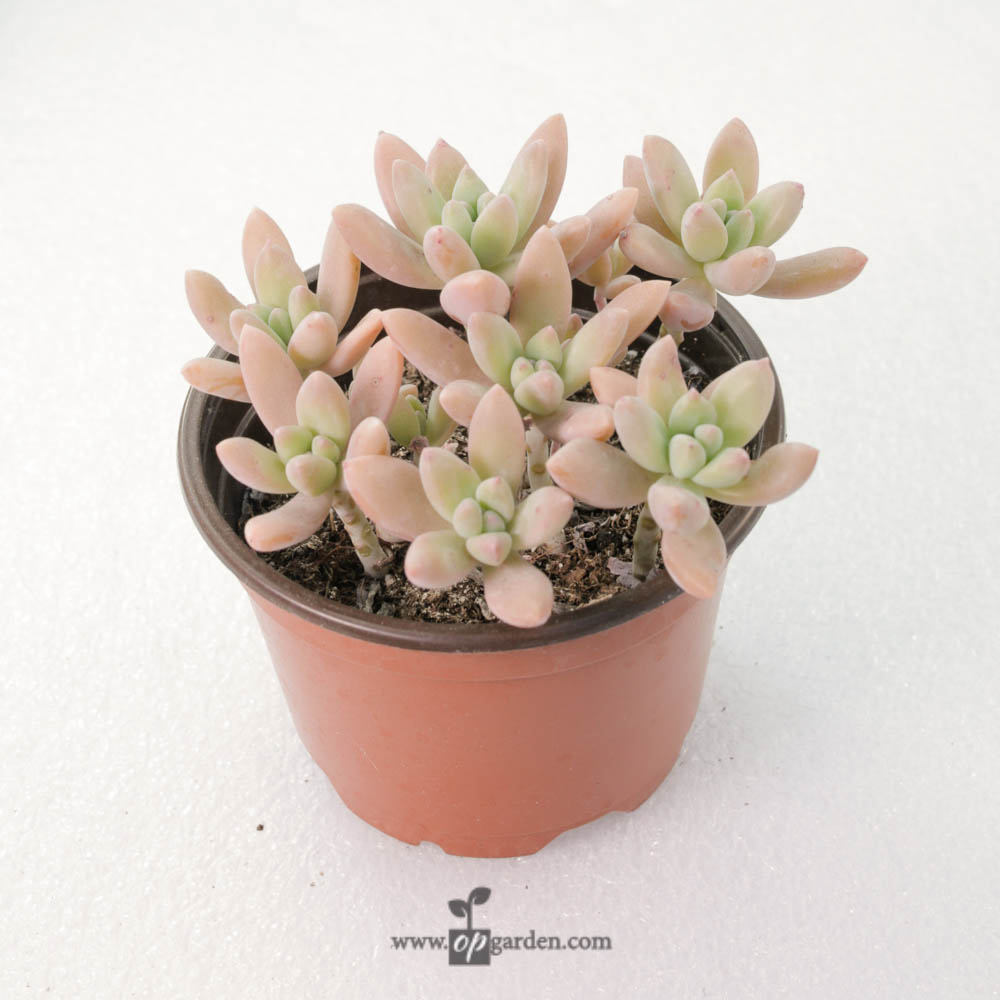
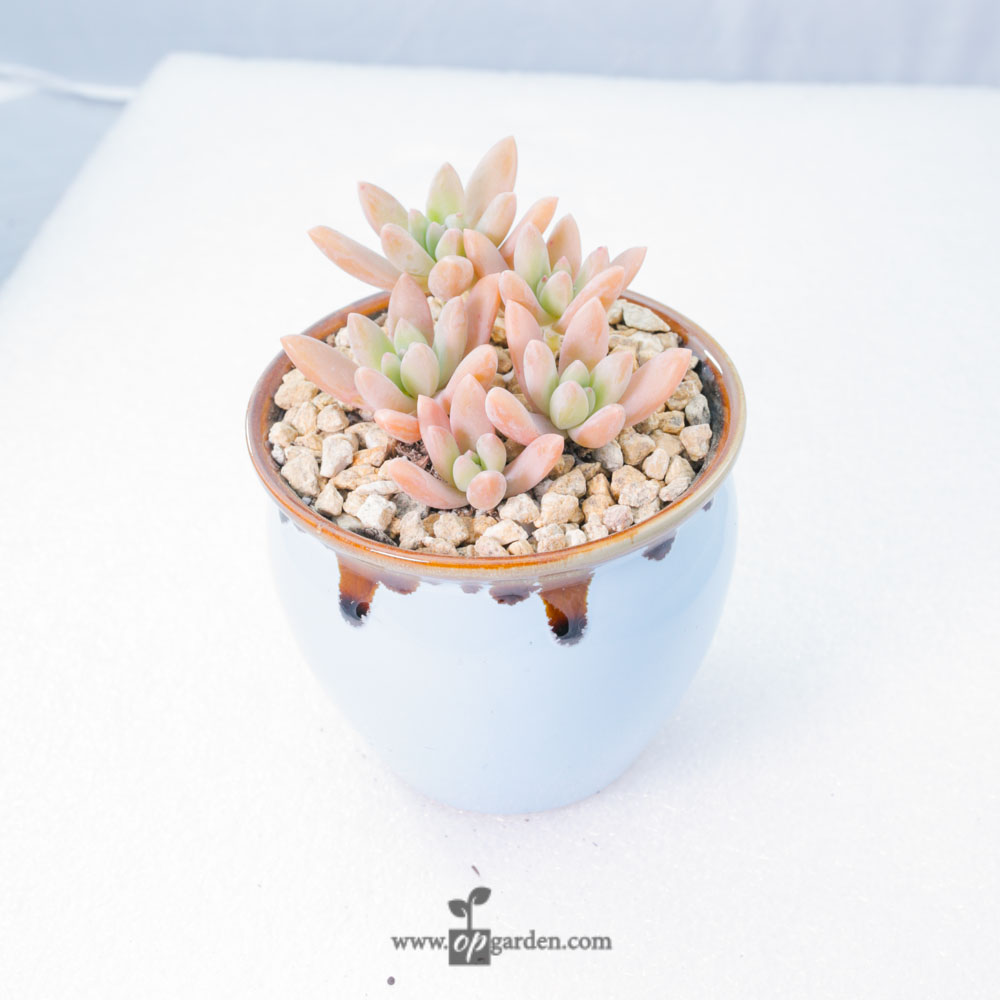
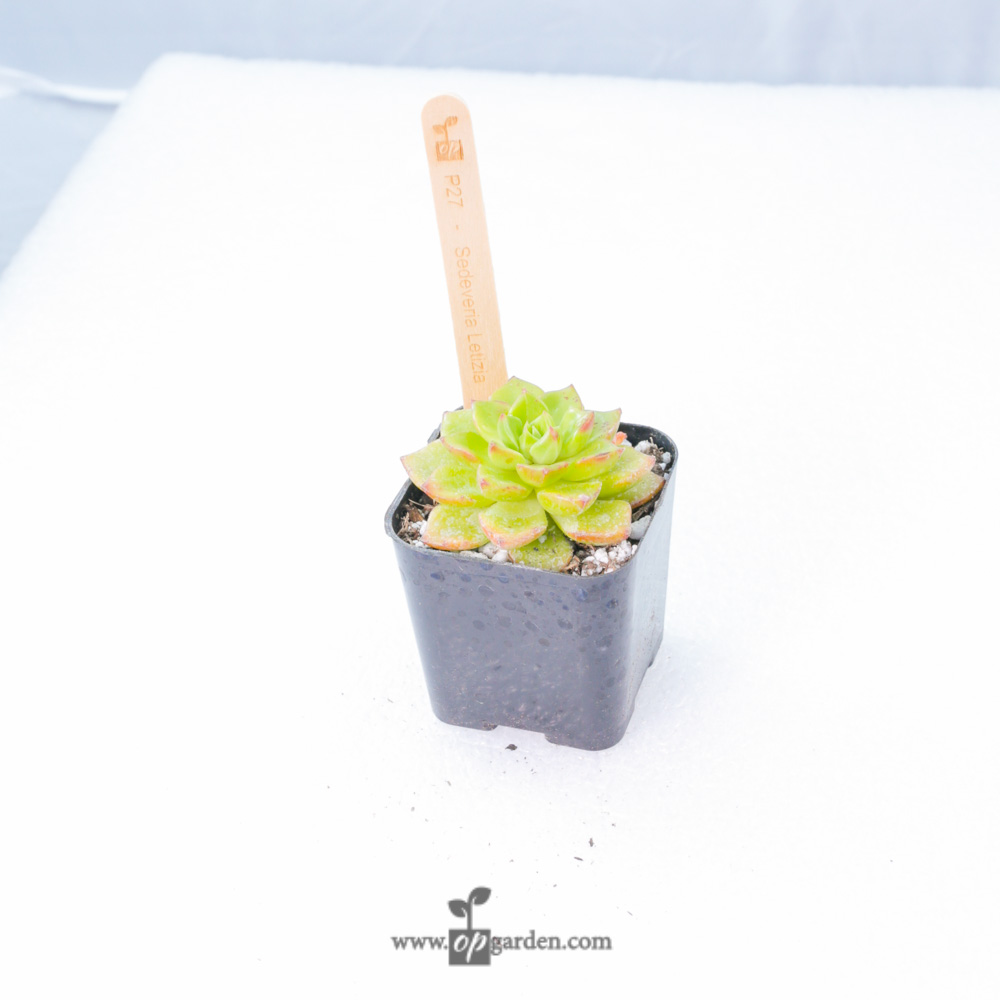
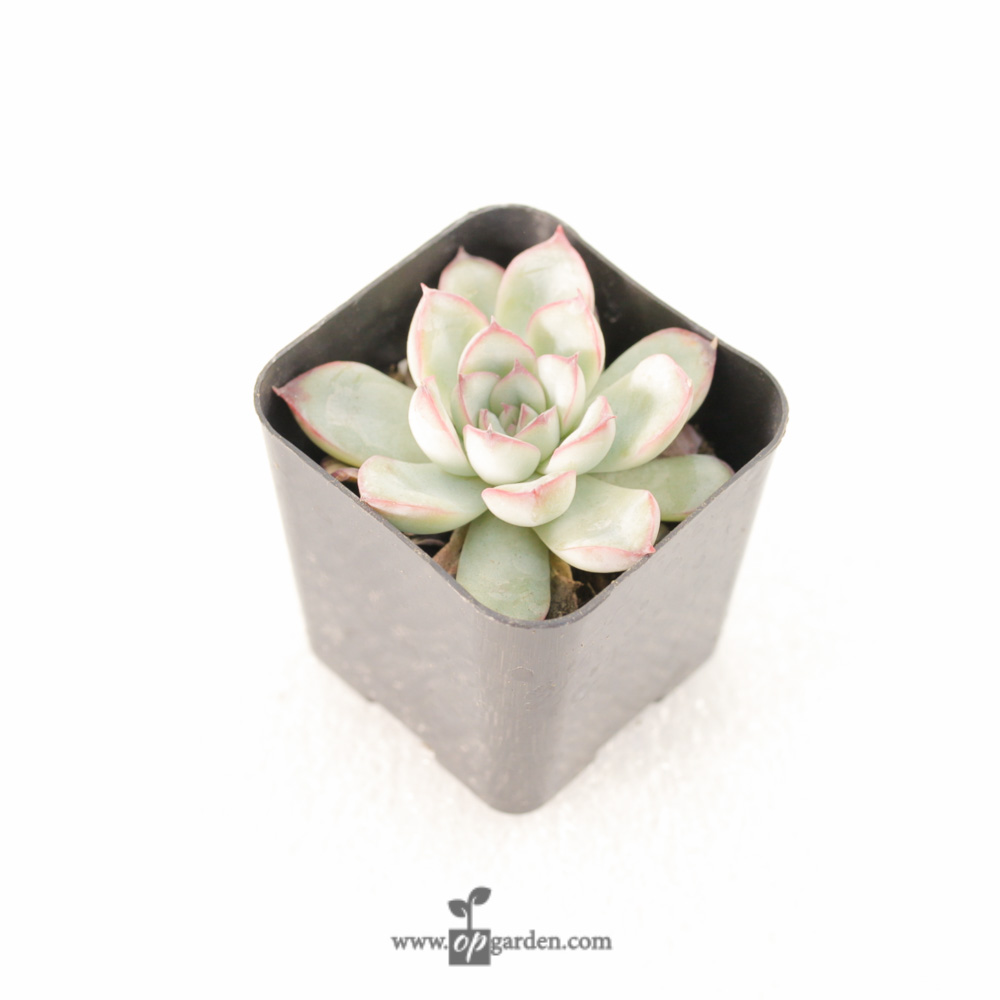
Reviews
There are no reviews yet.